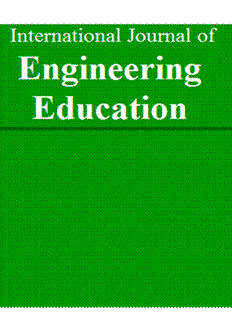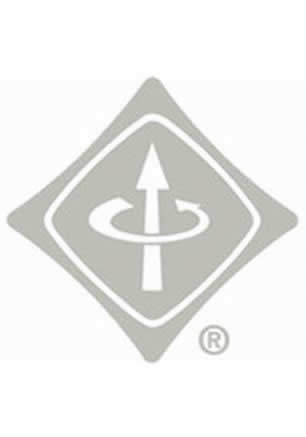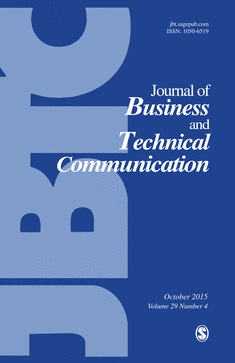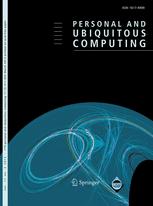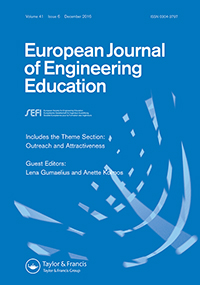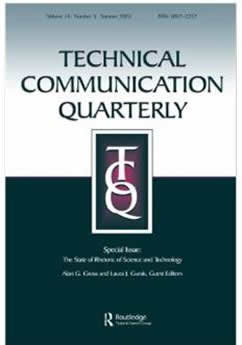|
Sustaining Interdisciplinary Projects in Green Engineering: Teaching to Support Distributed Work
Marie C. Paretti, David Richter, and Lisa D. McNair
International Journal of Enginering Education (vol. 26, no. 2, 2010)
In this case study, the authors analyze interdisciplinary teams as sites of distributed work. Using frameworks that identify key characteristics of co-located and distributed work, they identify key factors in interdisciplinary design teams that may inhibit collaboration. The article offers concrete strategies for faculty to help sustain such teams.
|
|
Towards a pedagogy of relational space: Analyzing distributed collaborations using discourse and speech act analysis
Lisa D. McNair, Marie C. Paretti and Marica Davitt
IEEE Transactions on Professional Communication (vol. 51, no. 3, 2010)
Utilizing discourse analysis and speech act theory within this case study, the authors investigate the processes by which students carry out professional communication processes within a globally-distributed context. |
|
Activity theory, speech acts, and the "doctrine of infelicity": Connecting language and technology in globally networked learning environments
Lisa D. McNair and Marie C. Paretti
Journal
of Business and Technical Communication (vol 24, no. 3, 2010)
In this case study, the authors combine activity theory and speech act theory to explore how technology impacts communication in online environments. |
|
Discipline-based instruction to promote interdisciplinary design of wearable and pervasive computing products
Tom Martin, Kahyun Kim, Lisa D. McNair, Eloise Coupey, and Ed Dorsa
Personal and Ubiquitous Computing (vol. 17, no. 3, 2013)
This case study presents data and analysis of a design experience for undergraduates in computer engineering, industrial design, and marketing that focuses on pervasive computing devices. The article describes the pedagogy and presents quantitative and qualitative results from two separate offereings. |
|
Identifying barriers to and outcomes for interdisciplinarity in the engineering classroom
David M. Richter and Marie C. Paretti
European Journal of Engineering Education (vol. 34, no. 1, 2009)
This paper describes the barriers that limit students' abilities to collaborate effectively across disiplinary boundaries. Coining the term "disciplinary egocentrism," the article describes two specific issues: (1) lack the ability to connect interdisciplinary subjects to their own more narrowly defined fields of expertise, and (2) fail to identify and value the contributions of multiple fields to complex problems. |
|
Teaching technical communication in an era of distributed work: A case study of collaboration between US and Swedish students
Marie C. Paretti and Lisa D. McNair
Technical Communication Quarterly (vol., 16, no. 3, 2007)
In this case study, the authors investigate communicative barriers among students in globally-distributed virtual teams and presents recommendations for pedagogical objectives for promoting positive, constructive communication within these contexts. |




